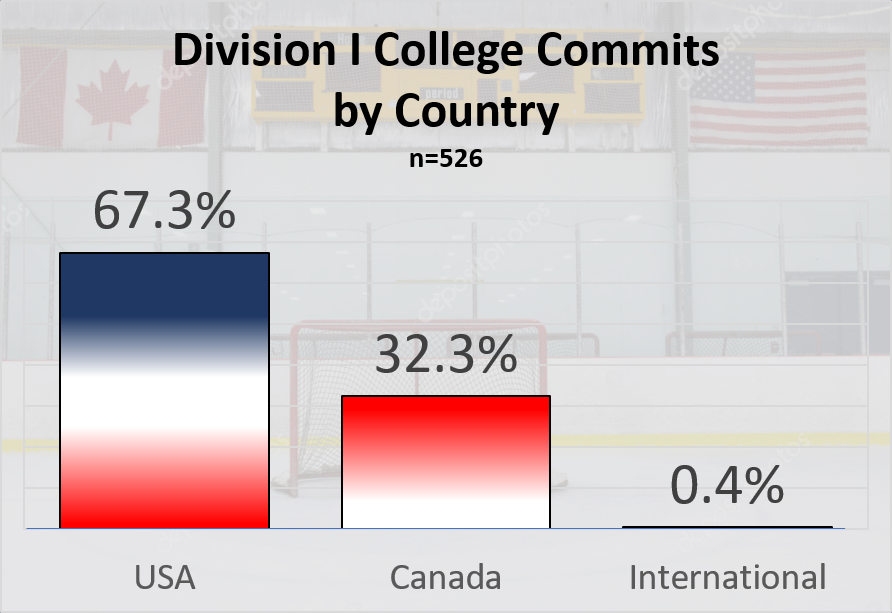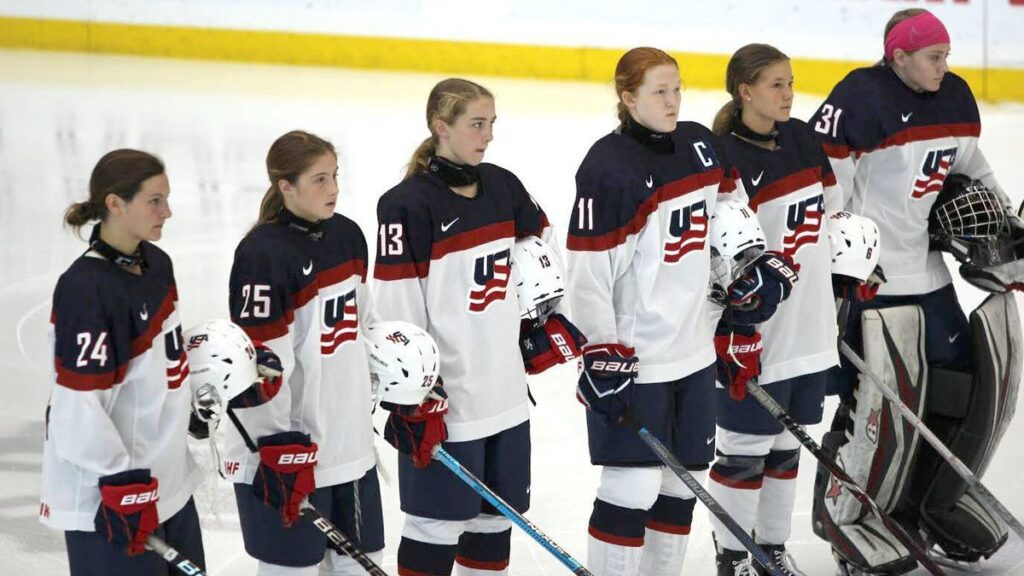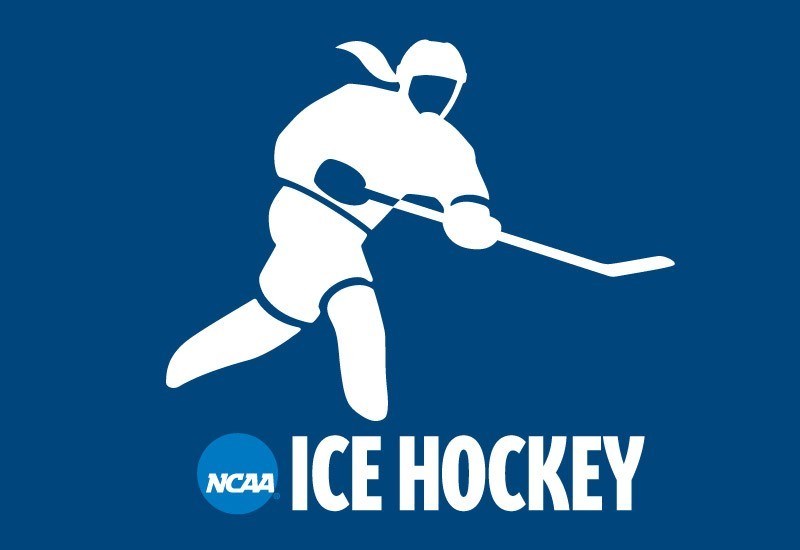What percent of players of D1 women’s college commits come from Canada vs. the U.S. and why does it matter? Well, as I talk to my 14 year-old daughter about potentially playing Division I women’s college hockey, it’s important for her to understand who she is competing with.
In analyzing College Hockey Inc’s published list of women’s college hockey commits, recognizing that the pool of players is from all of North America is important to know. As you can see below, almost 1/3rd of all Division I players are from Canada.

So, how good do you need to be to play Division I women’s college hockey?
There are 41 Division I college women’s hockey teams. Assuming 22 players on each team, with 25% graduating every year, then there should be about 225 openings each year (assuming no DIII transfers to DI). With ~32% percent of players coming from Canada, that means a player needs to be one of the best 150 players in the U.S. for their graduation year. Drilling down a little more, at the position level, it means a player needs to be one of the best 25 players at their position. And if your goal is to play for a Top 25 team it means you basically need to be on of the best 15 players in the U.S. at your position.
It is also important to note that a large majority of Canadian players go to the top 25 schools, otherwise they could easily stay in Canada and be closer to home. For example they could play for Julie Chu or Caroline Ouellette at Concordia University. So the competition for these top school is probably a little higher from Canadian players, thus lower the number spots for U.S. players at these schools.

How do you know how good a player is compare to their peers?
Feedback from Coaches
Obviously, the best way to understand if a player is one of the top 15 players at their position is no easy task, even for the best college coaches who travel the country at tournaments and showcases to find recruits. Having several coaches provide feedback to the player and parents from these top schools is probably a good proxy.
National Camps
Another way, is through the USA Hockey National Player Development Camps that are held each non-Covid summer. If a player is invited to the U18, then there is a pretty good chance that they are in the Top 15 for their position. If a player is invited to the girls camp for their age group they are certainly in the running, but they would need to see how they compare to their peers and listen to the feedback at the end of the week.
Level of Recruiting Interest from Top Schools
Finally, and probably the most important way to know how good a player is during non-Covid times, is to see the level of interest from women’s college hockey recruiter as they start U16 hockey. By attending camps, tournaments & showcases and meeting coaches from all types of schools, a player and their parents can gage the level of interest from Top 25 schools as they progress from their sophomore, junior and senior years.
Implications for U.S. Players
If a player has hopes and dreams to play for a Division I women’s college hockey team, they need to understand that they are competing with the top players in North America. Given the large number of girls AAA and prep schools (>250 clubs/schools), being one of the top 15 players in the U.S (or top 25 in North America) at your position. is roughly where the bar is set.
This post is part of series on 5 Insights about Women’s College Hockey Commits:

